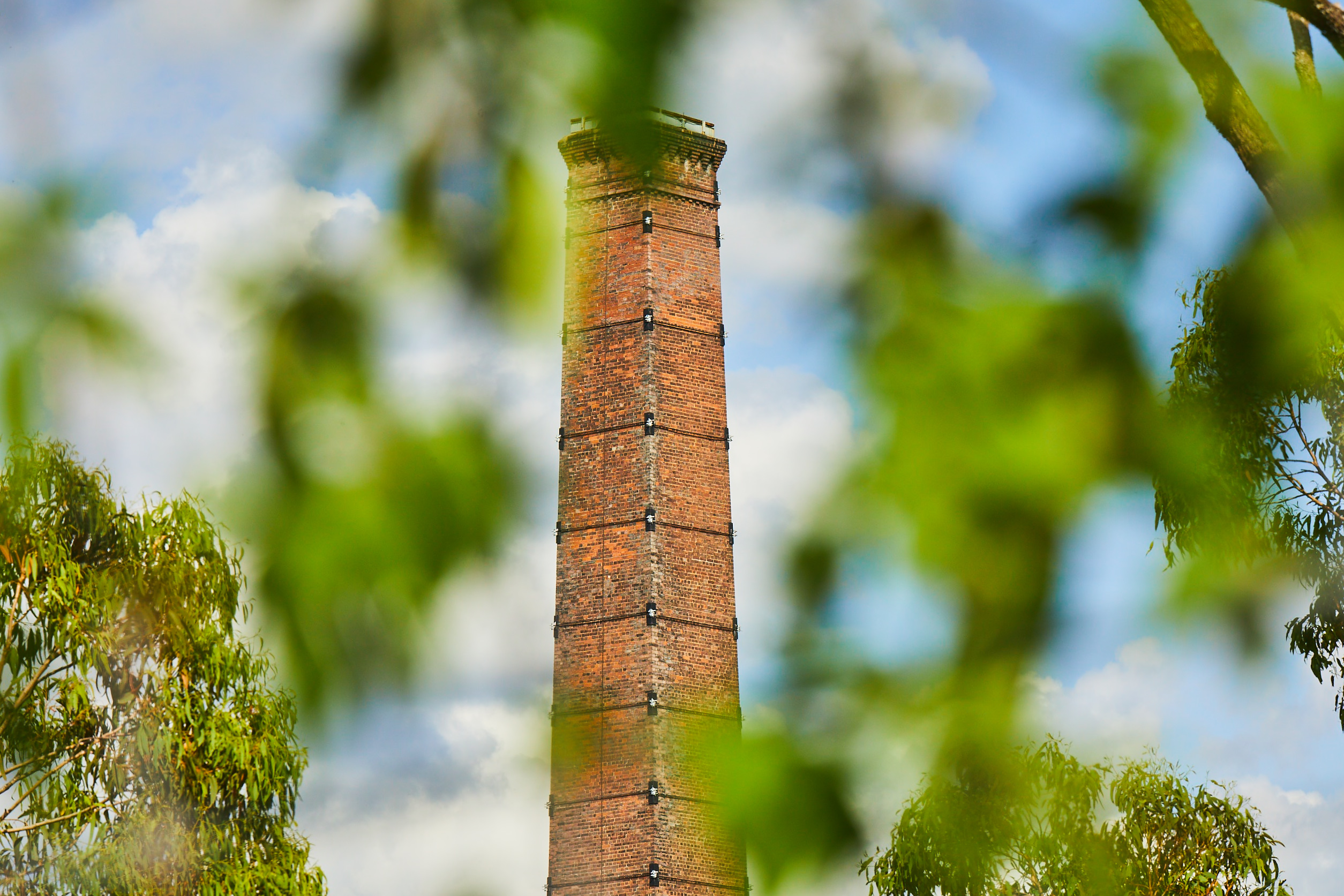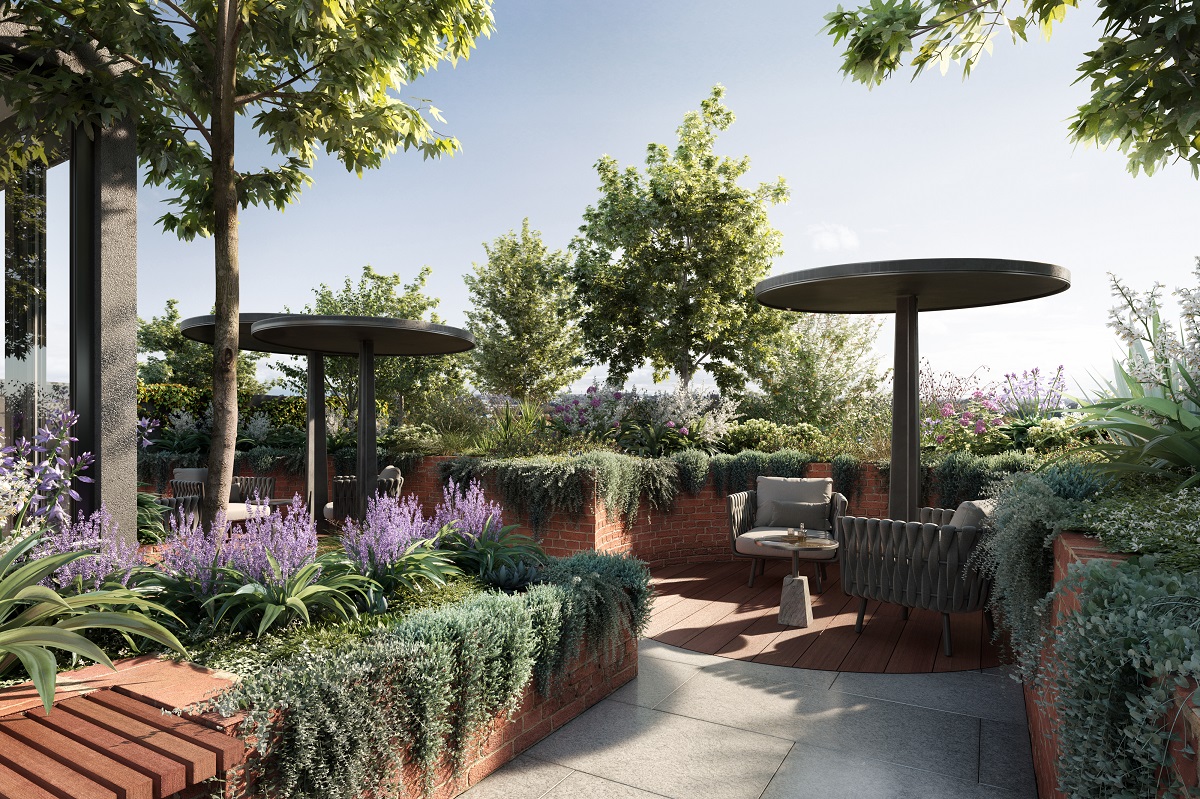Protecting the planet: A look at four sustainable projects from CDL Australia
With rising temperatures, a high frequency of natural disasters, and the threat to many native species, the climate crisis is emerging as one of the most important modern issues the built sector must navigate.
Backed by global leaders in sustainability, Singapore-listed City Developments Ltd (CDL), each CDL Australia project aims to ‘conserve as we construct’ and further reduce our developments’ carbon footprint.
Below, we look at the sustainable elements of four projects and the impact each project is having in construction, design and operation.
Brisbane

Brickworks Park
Our Alderley project has a range of sustainability features both in construction and in design. Set on the site of an historic Brisbane brickworks, 95 per cent of demolition waste has already been recycled and repurposed for civil works across southeast Queensland. This surpasses the national average of 67 per cent and helps reduce further impact.
In cities or densely populated areas, urban heat islands have been known to create hotter environments. To reduce this, Brickworks Park will add extensive green space across a project site to combat heat retention and produce comfortable residential environments.
As the use of electric vehicles continue to rise, Brickworks has included provisions for EV charging facilities in car spaces, added dedicated bicycle spaces, energy-efficient elevators and water and energy fixtures to further reduce usage. For more on the project’s sustainability features, read the 12 sustainable features you’ll experience at Brickworks Park.
Treetops Kenmore
Brisbane is known for its warmer climate so to reduce excessive heat, homes will have a light colour scheme to limit air conditioning requirements. Solar power in homes will also be added to maximise efficiency and make best use of the sunny Queensland weather conditions. Electric vehicle provisions will also be added to car spaces to encourage use of electric vehicles.
In construction, Treetops at Kenmore’s external facades utilises Weathertex cladding. Comprising of 97% timber and 3% natural wax, this termite-resistant renewable product includes a mix of responsibly sourced materials from forest floors to reduce any further impact and waste.
Melbourne

Fitzroy Fitzroy
When it comes to construction, waste is a significant issue. In fact, construction and demolition waste is the largest source of waste in Australia.
At Fitzroy Fitzroy, we’re conscious of our construction choices and therefore sourced 95 per cent of our steel from an environmentally sustainable steel maker. This not only reduces waste, but also the need for further manufacturing resources.
The City of Melbourne has predicted that by 2050, there will be 20 per cent less rainfall during spring in Melbourne. To adapt to this, landscaping has been thoughtfully considered to not only reduce water requirements but also include plants which will thrive in this changing climate.
The Marker
A completed joint-venture project in West Melbourne, The Marker has been awarded a 5-star rating from the Green Building Council of Australia, demonstrating excellence in environmental performance. From reducing construction waste to managing water usage, The Marker is a beacon for sustainable residential development.
More than 70 per cent of construction waste was recycled and water efficient fixtures and fittings have been specified throughout the apartments. Rainwater was utilised from outdoor areas such as the roof and terrace for further irrigation.
Through sustainability, innovation and planning, we can work towards a low-carbon future and create industry change in the built sector to better serve people, communities and the environment.